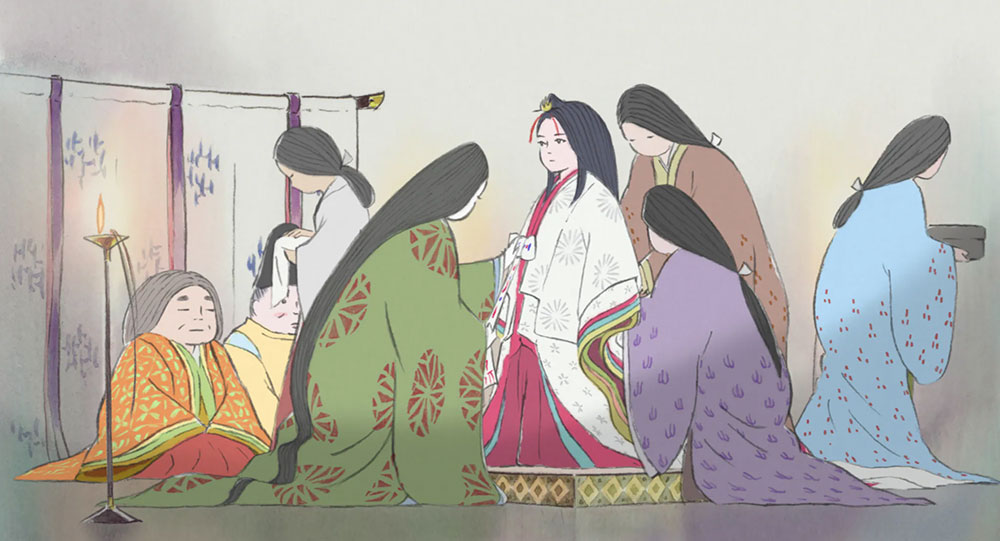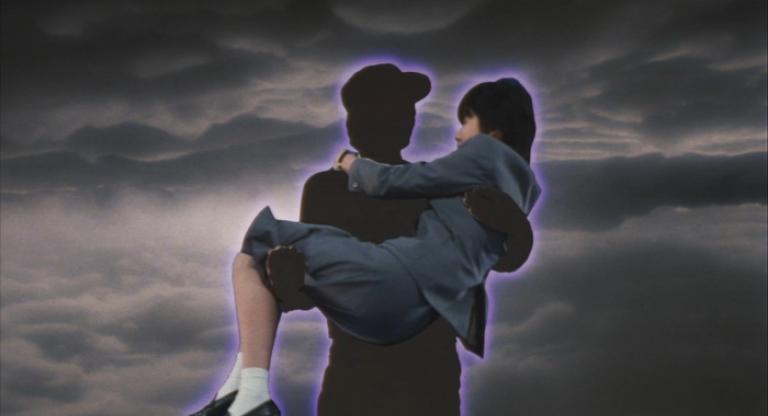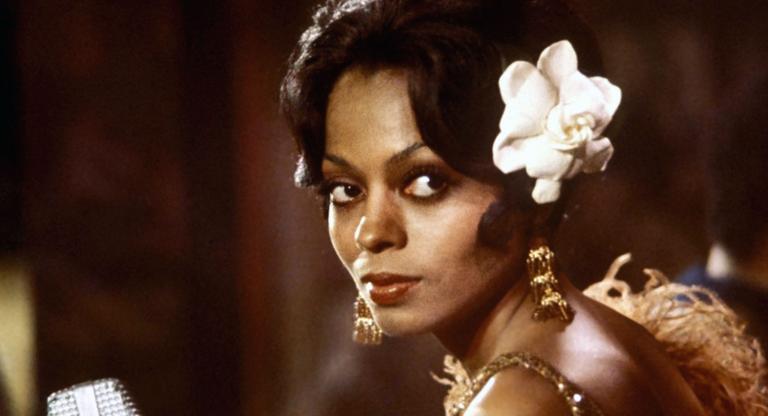“You’re going to the moon” is the sort of threat you just don’t hear anymore. Jackie Gleason’s raised fist and the cratered orb glowing in the sky: these were omens of violence you could really laugh at. The economy was booming. Babies were booming. Bombs were booming. What could a little more booming hurt?
The Honeymooners owns the line, but it didn’t originate the underlying sentiment. The moon is another world; only a terrible violence could send you there. The Tale of the Bamboo Cutter, Japan’s oldest fictional narrative, in which a moonchild emerges from a bamboo shoot and lives a while on Earth before her lunar family drags her home, had this down in the 9th or 10th century. The Tale of the Princess Kaguya, Isao Takahata’s 2013 adaptation of Bamboo Cutter, foregrounds another reason to fear a trip to our nearest and dearest space object: our planet’s vitalizing beauty. The characters sing of “birds, bugs, bees, / grass, trees, flowers”–of everything that one forfeits by going to the moon.
For his final film, Takahata wanted more of less, and he spent eight years and $49 million, more than any other Japanese feature to date, to get it. The director of Grave of the Fireflies (1988) and Only Yesterday (1991) had tired of traditional cel animation, i.e., the process that had brought Studio Ghibli—which he co-founded with Hayao Miyazaki—acclaim and reverence. Instead of dense detail and clean lines, he asked for emptiness at the margins, air in his compositions, and the feeling that the figures onscreen had been finished in minutes, dappled with watercolors, and animated. He couldn’t draw—he sketched only storyboards—so he trusted his artists and his eye. Together they would achieve a novel vibrancy. Rather than the illusion of a complete, finished world, he would capture the exuberance of the creative act itself. “I was born to truly live,” Kaguya says. Another way of putting it: she was drawn to life and then some.
In an escape sequence, the lines squirm and swirl atop expanses of chalk-white nothing. Wide rays of ink-black grass rip across the frame. We see through the scratched lens of Kaguya’s desperation, and the view is bleak. There can be no escape—not to the countryside, not into her adoptive mother’s arms, not into dreams or bad jokes or singular art styles. That Kaguya failed to recoup its budget seems perversely appropriate; this is a story of loss.
The Tale of the Princess Kaguya screens tonight and tomorrow, August 10 and 11, at Village East as part of their Studio Ghibli Festival.



